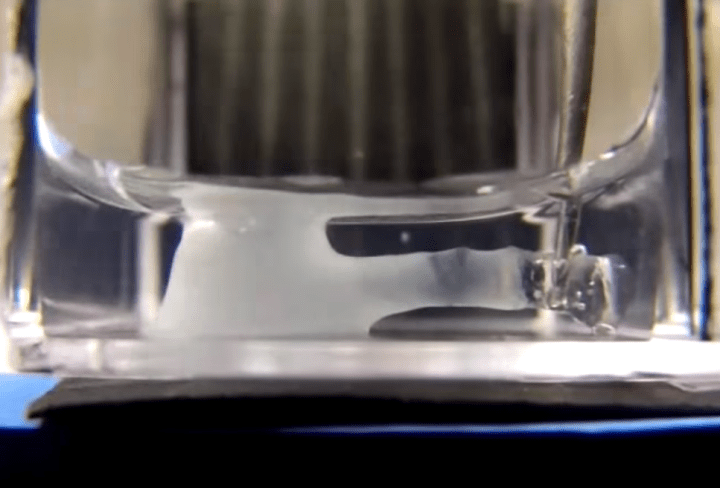
According to a new study released in Nature last week, researchers have created a process by which combinations of peptide and protein molecules spontaneously form dynamic tissue when they come into contact with one another. This, the research team says, may unlock new possibilities for the assembly of veins, arteries, and even for bypassing the blood-brain barrier.
Spearheaded by researchers at the Queen Mary University of London, the process differs from other recent innovations in artificial materials in that there’s no 3D-printing or molding involved. While other processes have fed organic material into printers in order to create various medical marvels, this protein-peptide system is unique in its reliance only on molecules and their interactions with one another. The process, scientists note, “displays controlled assembly and disassembly capabilities, adhesion and sealing to surfaces, self-healing and the capability to undergo morphogenesis into tubular structures,” which could have significant impacts on the way in which we create tissue, implants, or even screen for drugs.
In addition to the help these artificial, self-assembling veins and structures could provide in treating injuries, scientists also believe that the protein-peptides could have implication for the study of diseases like Alzheimer’s, as scientists would be able to create artificial tissue that closely resembles the real thing.
“What is most exciting about this discovery is the possibility for us to use peptides and proteins as building-blocks of materials with the capacity to controllably grow or change shape, solely by self-assembly,” said Alvaro Mata, lead author and director of the Institute of Bioengineering at Queen Mary. So stay tuned, folks. You may soon be able to grow every single part of your body in a lab.


